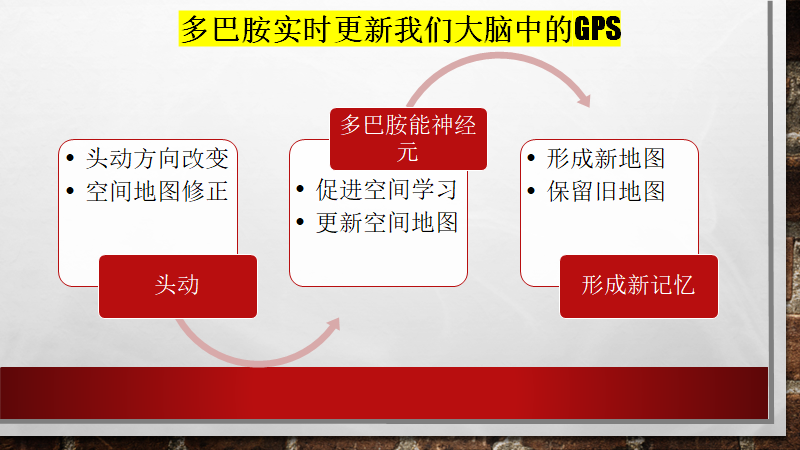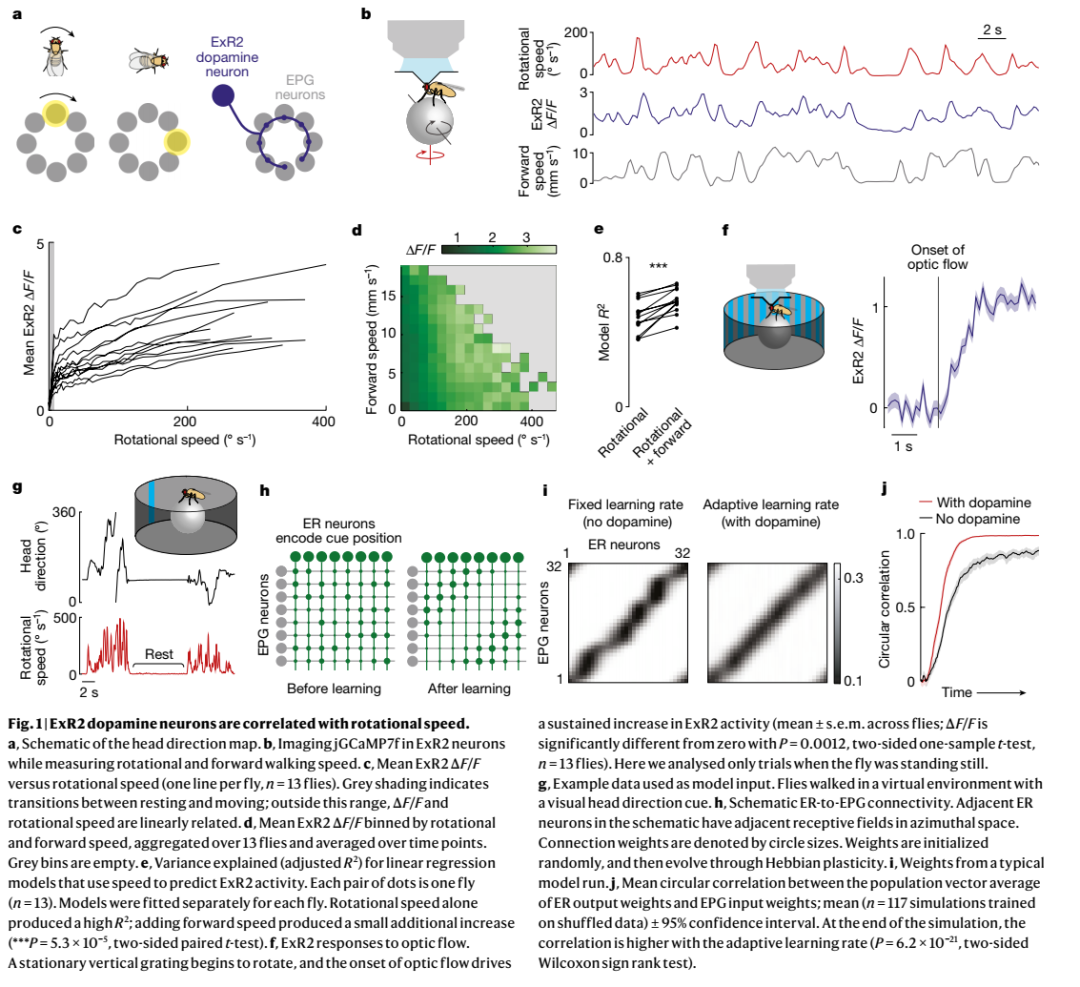Nature—多巴胺实时更新我们大脑中的GPS
时间:2022-12-07 21:00:24 热度:37.1℃ 作者:网络

 中文摘要
中文摘要
神经网络通过连接权重将信息存储其中,而信息的贮存需要在灵敏度和稳定性之间进行平衡。只有连接具有可塑性,其才能包含新信息,但如果可塑性太强,存储的信息可能会被破坏。一个潜在的解决方案是,只有在特定任务信息丰富的时期,基于“何时学习”信号,才允许可塑性的发生。科学家推断,多巴胺提供了一个“何时学习”的信号,当新的空间信息可用时,也就是当动物在移动时,大脑的空间地图才会更新。他们揭示,当果蝇转向改变头部方向时,支配果蝇头部方向网络的多巴胺神经元特别活跃。此外,多巴胺神经元的活动随转速的瞬时波动而变化。将多巴胺释放与视觉线索配对,将持续增强线索对头部方向细胞的支配作用。相反,抑制这些多巴胺神经元会降低线索的影响。当定向运动提供丰富的头部方向信息流时,该机制会加速学习,允许在其他时间学习率较低,以保护存储的信息。他们的结果表明,大脑中的空间学习可以被压缩成离散的时间段,在这些时间段,高学习率与高信息获取率相匹配。
英文摘要
In neural networks that store information in their connection weights, there is a tradeoff between sensitivity and stability. Connections must be plastic to incorporate new information, but if they are too plastic, stored information can be corrupted. A potential solution is to allow plasticity only during epochs when task-specific information is rich, on the basis of a 'when-to-learn' signal. We reasoned that dopamine provides a when-to-learn signal that allows the brain's spatial maps to update when new spatial information is available-that is, when an animal is moving. Here we show that the dopamine neurons innervating the Drosophila head direction network are specifically active when the fly turns to change its head direction. Moreover, their activity scales with moment-to-moment fluctuations in rotational speed. Pairing dopamine release with a visual cue persistently strengthens the cue's influence on head direction cells. Conversely, inhibiting these dopamine neurons decreases the influence of the cue. This mechanism should accelerate learning during moments when orienting movements are providing a rich stream of head direction information, allowing learning rates to be low at other times to protect stored information. Our results show how spatial learning in the brain can be compressed into discrete epochs in which high learning rates are matched to high rates of information intake.





